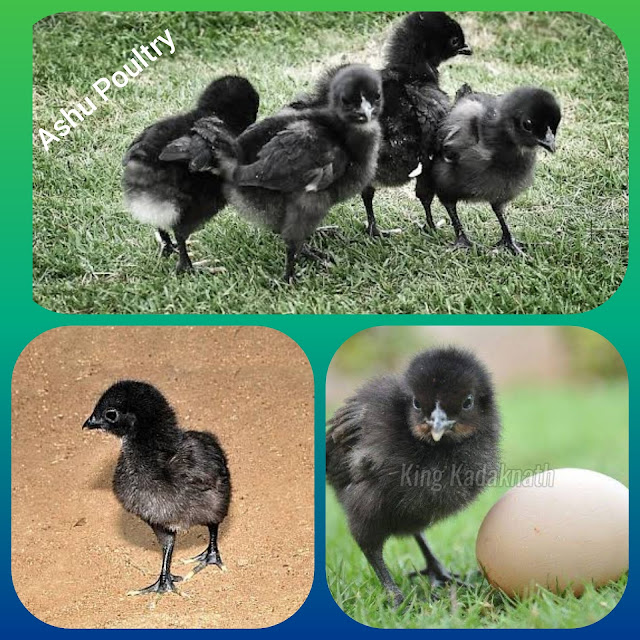Management of Kadaknath Chicks for 7 days

Management of Kadaknath chicks more important after coming to the farm. If the Kadaknath chicks are brought in the morning, the chicken box should be opened and the chickens should be taken out and fed. On the other hand, if the chickens are brought in the evening, it is better to take the chicks in, the morning taking them out of the chicken box. However, if brought in during the summer, the chickens should be taken out immediately and the chickens fed with corn husks and water containing electrolytes. Management of Kadaknath Chicks for 7 days Day 1 - On the first day, keep the brooder temperature at 90 to 96 degrees Celsius. Use to feed and water to the chicks. For 1000 chickens, feed 8 to 10 kg of corn kernels on paper spread. Day 2 - Chicken feed should be started from the second day. In addition to corn meal, chickens should be fed electrolytes, Care C, AD EC and B complex in water. Day 3 - Probiotics, Vitamins, Ecare C should be given in water once every third ...


